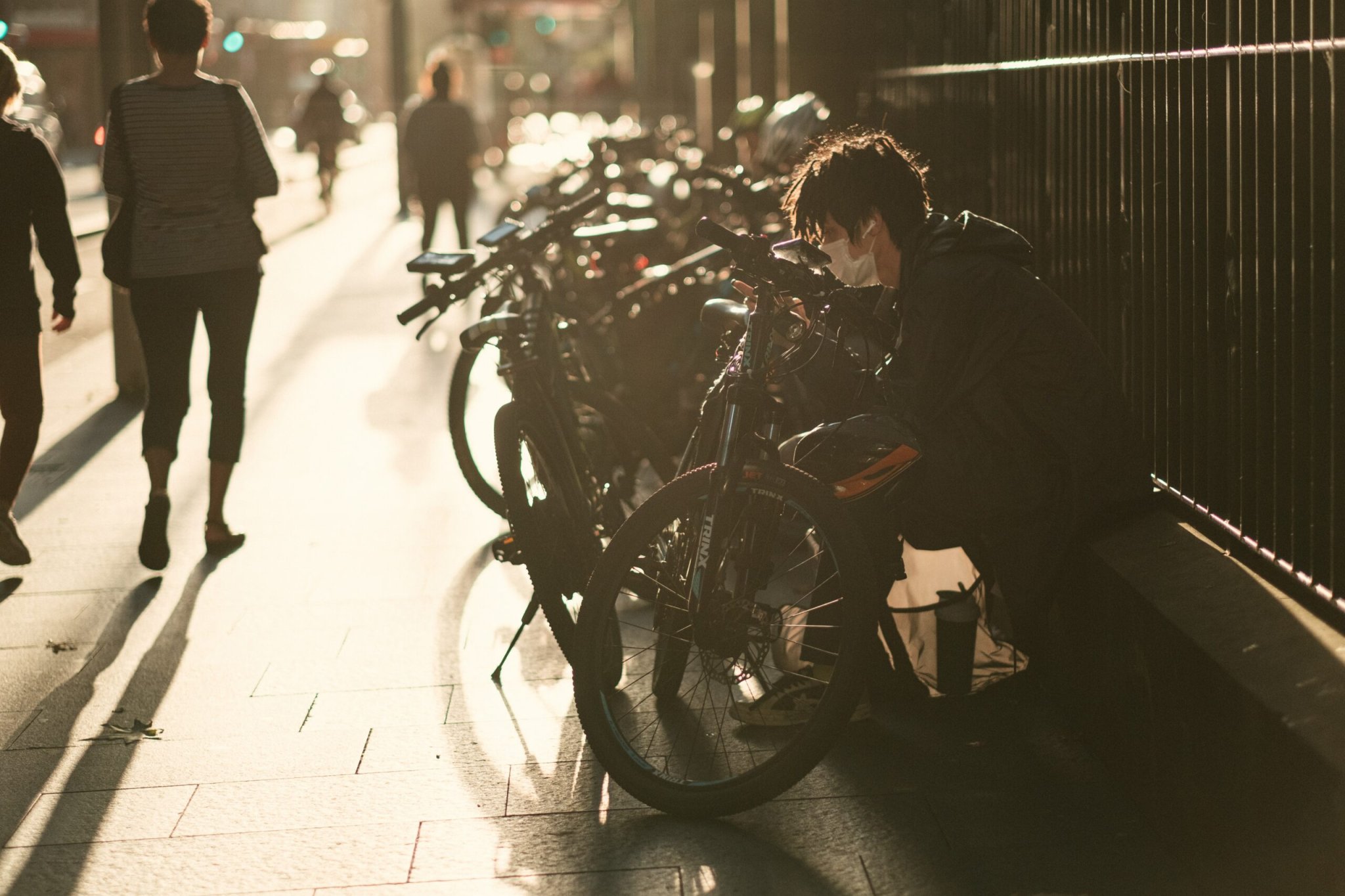

Follow all of PopSci’s COVID-19 coverage here, including tips on cleaning groceries, ways to tell if your symptoms are just allergies, and a tutorial on making your own mask.
We’ve made it through what’s probably been one of the strangest Memorial Day weekends of our lives. As we ease into the summer months, it’s hard to predict what a season of watermelon eating, pool parties, and barbecuing will look like as the coronavirus pandemic remains at the center of our minds and daily lives. Over the past few weeks, spikes in COVID-19 cases have indeed eased up, and it seems like brighter days are ahead—but we aren’t out of the woods yet. There’s still an uptick in cases in many states and predictions of a second wave of cases in the fall looms ahead. Here’s what you need to know for this week.
A handful of states are still experiencing an uptick in coronavirus cases
As The New York Times reports, Alabama, Florida, Georgia, South Carolina, and Tennessee have all seen a significant increase in confirmed COVID-19 cases. In all these states, the surge came a few weeks after their governors decided to reopen local economies.
Arkansas, North Dakota, and Oklahoma have also reported a similar increase in cases. These states never had official stay-at-home orders like New York, New Jersey, and California. They began reopening many of their businesses a few weeks ago as well. The Washington, DC area has also seen an bump in cases. It’s hard to know for certain where and how people in these states are contracting the virus, but many public health experts see these upticks as early warning signs: If states open too soon, a second wave could be upon us before we know it.
The CDC now says the coronavirus doesn’t spread easily from contaminated surfaces or animals
Throughout the pandemic, the Centers for Disease Control and Prevention (CDC) has routinely updated its list of bullet points on COVID-19. Last week, the government agency shifted its guidelines on how the coronavirus spreads. On its site, the CDC now emphasizes that the novel coronavirus spreads most easily through close contact with infected people, adding that you’re far less likely to catch the virus “by touching a surface or object that has the virus on it” and then touching your face. It’ also says you’re unlikely to catch the virus through contact with infected animals, such as house cats and dogs.
While information around the virus is rapidly evolving, these guidelines are mostly in line with what epidemiologists have observed: The virus travels via aerosolized droplets, so individuals are most at risk if they come into close contact with a person who’s spewing these viral bits. Previous experiments have shown that under lab conditions, the virus can live for up to 24 hour on cardboard and up to three days on plastic and metal. But as The Washington Post reports, SARS-Cov-2 typically dies within hours of leaving its living host.
All that being said, you’re far more susceptible to getting the virus from an infected person that’s in your personal space than from takeout or a FedEx package.
Spending time outside is low-risk, according to experts
As the weather gets warmer, we’re all itching to spend more time outdoors. But we still scrutinize our every move when we’re away from home, careful not to touch or do anything that could put us at risk of catching COVID-19. So here’s a bit of relief: The recent consensus among public health experts is that the chances of catching coronavirus go down when there’s more fresh air circulating and space for people to breathe, so to speak. While outdoor concerts and other public events that are normally held in parks will likely be cancelled, spending time outside jogging, walking, hiking, or biking is a healthy and low-risk way to spend your time.
Low childhood vaccination rates are scaring public health officials
A new report released by the CDC earlier this month has epidemiologists worried: May vaccination rates for children under the age of 2 in Michigan were very low. What’s more, fewer than half of infants 5 months or younger had received their preventative vaccines. And Michigan isn’t alone. This week, New Jersey Health Commissioner Judy Persichilli told reporters that there was a 40 percent drop in vaccinations for children younger than 2 and a 60 percent drop for kids older than 2 between March and April. The report compared this year to the same time frame in 2019.
Earlier this year when the pandemic was peaking, parents were reluctant to visit pediatricians’ offices to receive these treatments. Now, with stay-at-home measures easing, researchers are worried there will be outbreaks of measles in the months ahead. The dip in vaccination rates could affect herd immunity for the disease, which is extremely contagious and requires somewhere between 93 and 95 percent of the population to be vaccinated to ensure that infection rates remain under control.
The CDC’s study states that doctors should put forth strategies to make parents more comfortable bringing their healthy kids in for routine vaccines in spite of COVID-19. Ideas include making separate waiting rooms for healthy kids and even administering curbside vaccines.
The WHO warns countries that they may see a second peak of coronavirus cases earlier than predicted
Since the start of the pandemic, researchers have warned that a second peak of COVID-19 cases was likely to occur. But most researchers predicted that it wouldn’t occur until the fall. Yesterday, Mike Ryan, who heads the World Health Organization’s emergencies program, warned that countries could see an immediate second peak of cases if their governments ease stay-at-home measures too soon. Opening up businesses, restaurants, schools, and other social gatherings without proper rules and resources in place could ignite another wave of deaths and further prolong the length of the pandemic.
